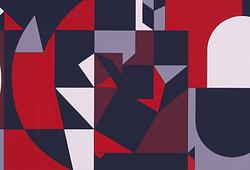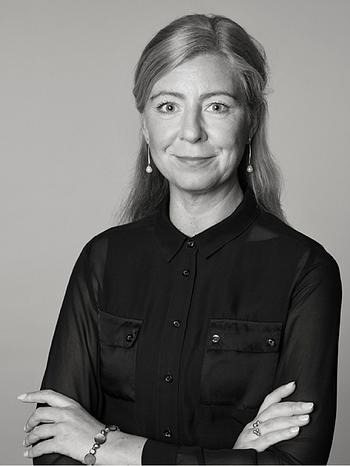Axel Petersson Döderhultarn
"Beväringsmönstring" (The Enrollment Act), (7)
Group comprising of six figures and a rule. Four figures stamp signed Axel Petersson, two with unclear stamp signature. Carved and partly painted wood. Height 25-35 cm.
Näyttelyt
The Nationalmuseum, Stockholm, Sweden, "Döderhultarn, Axel Petersson, 1868-1925", 1951, the motif described at p. 3 and as catalogue no 52, p. 16.
Kirjallisuus
Hjalmar Svensson (ed.), " Minnesalbum över Döderhultarn och hans konst", 1928. The motif ill. at pp. 24-25 and described at pp. 26-27.
Albert Engström m.fl, "Döderhultarn", 1965. The motif described at p. 16-18 and ill. at p. 17.
Muut tiedot
Axel Petersson Döderhultarn is one of this countrys best wooden sculptures artists, famous far beyond the borders of Sweden. In a masterly and humorous way he portrayed life in a small town in Småland around the turn of the century. Döderhultarn was a self-taught carver and is today one of Sweden's most famous sculptors. He was born in 1868 in Döderhult parish and it was after the parish, he was named Döderhultarn. All his adult life he was living and working in Oskarshamn. Döderhultarn had his big breakthrough at the age of 40 years old in 1909 and orders began to flow in. His sculptures were bought by private individuals, art collectors and museums, and he participated in many exhibitions, both in Sweden and abroad, including Paris, Copenhagen, Brighton, Rome and New York.
His figures are genuine characters and recognizable from photographs of people Döderhultarn had around him. Besides the more well-known human figures he also carved cows and horses, but even small portrait busts in more conventional style with sandpaper polished surfaces. He is usually described as a caricaturist but he was more than that which is seen in famous figures like the dead emaciated horse "ottenbyare". There are some subjects that Döderhultarn returned to often like the figure groups called Baptism, Wedding, Funeral, Auction, the District Court and a number of other typical situations from the life around him. He sculpted these subjects repeatedly but often with variations in the individual figures. The priest, the auctioneer and so on are specific individuals from the artist's home parish.
There is something very genuine with Döderhultarns art and his sculptures are still highly beloved long after his own time.


















































































